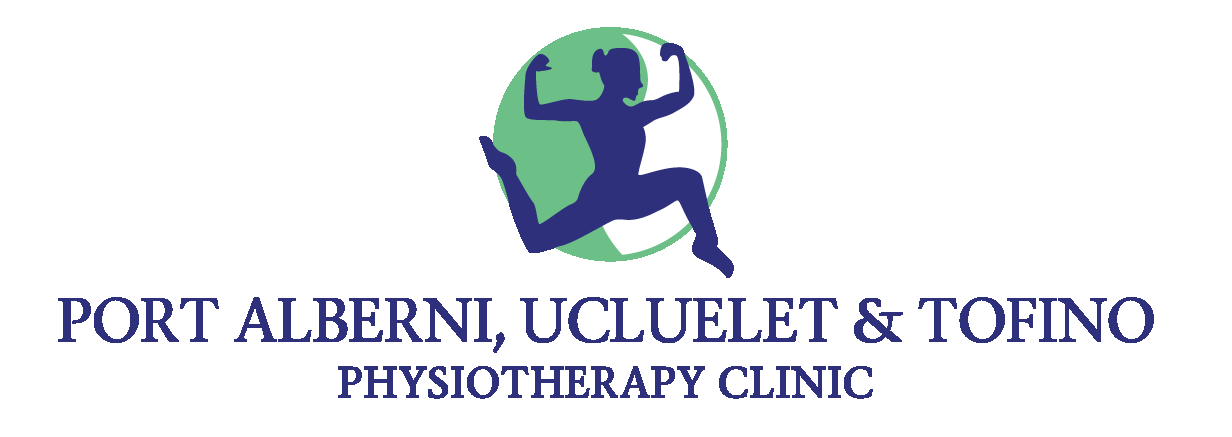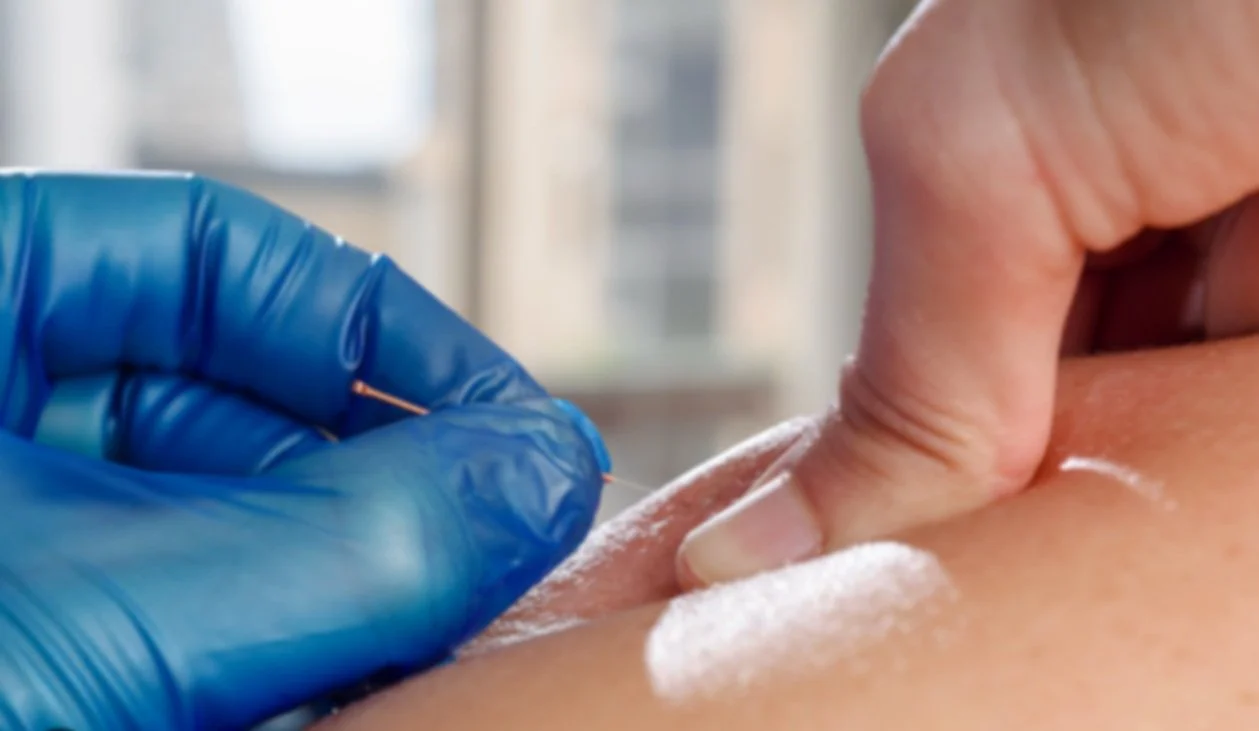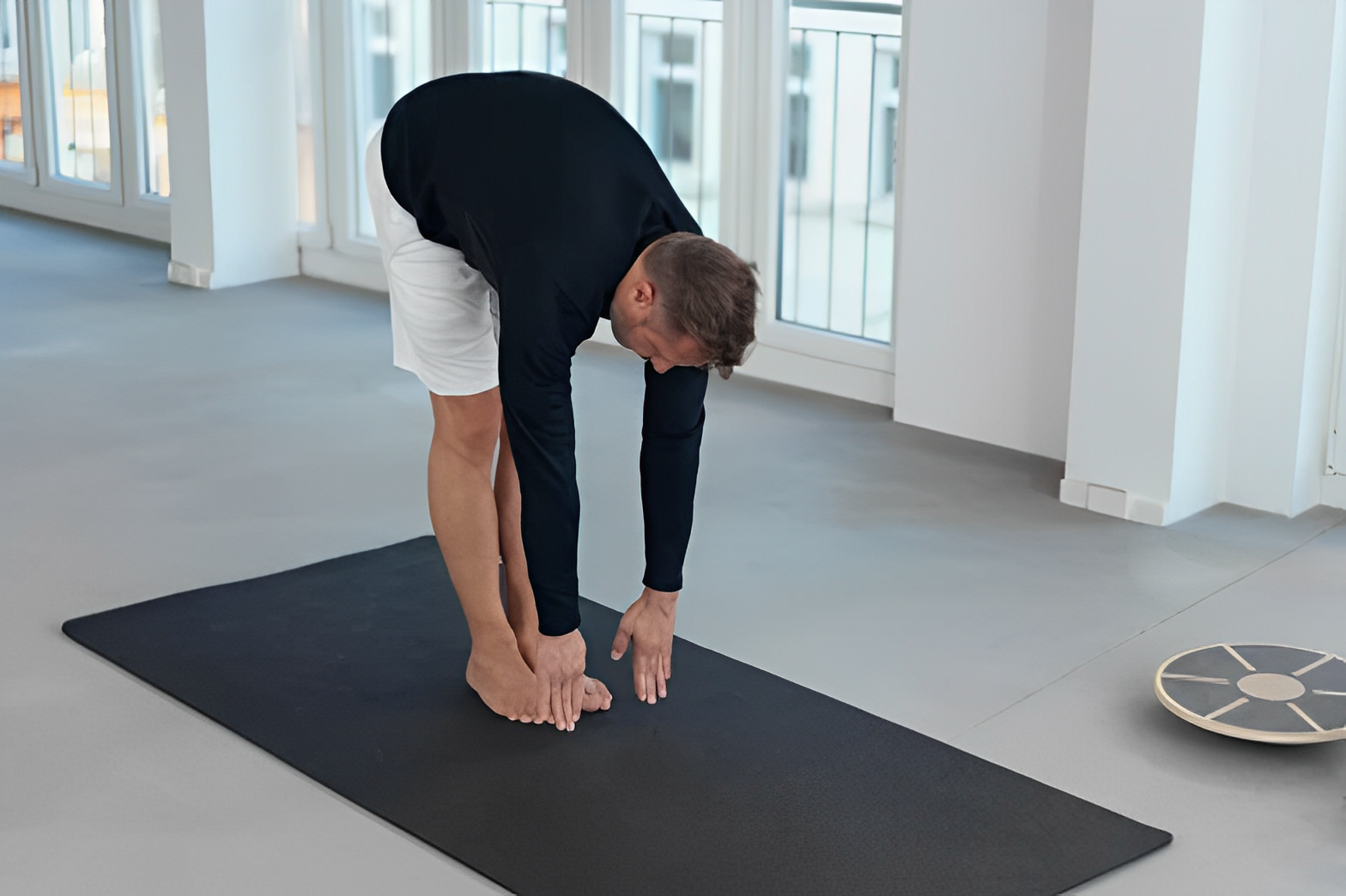Dealing with chronic pain can be exhausting, frustrating, and sometimes even overwhelming. Whether it's from an old injury, a health condition like arthritis or fibromyalgia, or something else entirely, living with persistent pain can take a real toll on your day-to-day life. While pain meds, physical therapy, and even surgery are common treatment options, more and more people are turning to acupuncture as a natural, effective way to find relief.
What is Acupuncture?
Acupuncture is a traditional Chinese medicine practice that has been around for thousands of years. It involves placing thin, sterile needles at specific points on the body to restore balance and promote healing. According to traditional Chinese medicine (TCM), acupuncture works by balancing or unblocking the flow of energy, known as "Qi" (pronounced "chee"), through meridians in the body. From a modern perspective, acupuncture stimulates the nervous system, increases circulation, reduces inflammation, and helps the body release its own natural painkillers—endorphins—all of which contribute to pain relief.
How Does Acupuncture Help with Chronic Pain?
Acupuncture offers several benefits when it comes to managing chronic pain. Through the placement of specific needles, acupuncture addresses both the physical and neurological aspects of pain. Here is how it works:
1. Stimulating Natural Painkillers
Acupuncture prompts the body to release endorphins and enkephalins, which are natural pain relief chemicals in the body. These neurotransmitters help reduce the perception and physical feeling of pain, providing a natural and drug-free way to manage constant discomfort.
2. Reducing Inflammation
Chronic pain is often linked to inflammation, a natural immune response that can be prolonged with certain conditions. Studies have shown that acupuncture can help decrease inflammatory markers, thereby alleviating pain associated with conditions like arthritis, tendonitis, and fibromyalgia.
3. Improving Blood Circulation
By stimulating specific points in the body, acupuncture enhances blood circulation, which helps deliver oxygen and nutrients to injured tissues. Improved circulation promotes healing and reduces muscle stiffness, making it particularly beneficial for those suffering from conditions like chronic back pain or migraines.
4. Regulating the Nervous System
Chronic pain is often the result of an overactive nervous system. Acupuncture has been shown to calm the nervous system and adjust how your body responds to pain. This is particularly helpful when someone is struggling with neuropathic pain, such as sciatica or diabetic neuropathy.
5. Enhancing Overall Well-being
Beyond physical relief, acupuncture can improve sleep quality, reduce stress, and promote relaxation—all of which contribute to better pain management. Many patients report feeling a sense of calm and balance after acupuncture sessions, which can be essential for managing chronic pain holistically.
What Conditions Can Acupuncture Help With?
Acupuncture is commonly used to treat various chronic pain conditions, including:
Lower back pain – One of the most common reasons people seek acupuncture, studies have shown it can provide significant relief for those with chronic lower back pain.
Osteoarthritis – Acupuncture may help reduce joint pain and stiffness associated with osteoarthritis by improving circulation and reducing inflammation.
Fibromyalgia – Many fibromyalgia sufferers experience pain relief, improved sleep, and increased energy levels with regular acupuncture treatments.
Migraines and tension headaches – Acupuncture has been found to reduce the frequency and severity of migraines and chronic headaches.
Neck and shoulder pain – Often caused by poor posture, stress, or repetitive movements, acupuncture can help alleviate tension and restore mobility.
Sciatica – By reducing nerve inflammation and improving blood flow, acupuncture may provide relief from the radiating pain associated with sciatica.
What to Expect During an Acupuncture Session
If you’re considering acupuncture for chronic pain relief, here’s what you can expect:
Initial Consultation: Your acupuncturist will discuss your medical history, pain symptoms, and overall health.
Treatment Plan: Based on your symptoms, a personalized treatment plan will be created, including the number of sessions recommended.
Needle Insertion: Thin, sterile needles are inserted into specific acupuncture points. The process is generally painless, though some people may feel a slight tingling or warmth.
Relaxation Period: The needles are typically left in place for 15-30 minutes while you relax in a comfortable position.
Post-Treatment Sensations: Many people report feeling relaxed and a sense of calm after a session, with some experiencing immediate pain relief while others notice gradual improvements over multiple treatments.
Is Acupuncture Right for You?
Acupuncture is a safe and effective treatment for many people, but it’s important to consult with a qualified acupuncturist to determine if it’s the right approach for your specific condition. It can be used as a standalone treatment or in conjunction with other therapies such as physiotherapy and massage therapy.
If you’re looking for a natural way to manage chronic pain, or an additional treatment in your care plan, acupuncture may be worth exploring. By addressing both the physical and neurological aspects of pain, acupuncture offers a more natural solution that promotes healing and pain relief.








